I have not seen the sheep so much as attempt to eat the green feed from their hay net. They do eat the grain heads from green feed and if it is green enough, they will eat some of the grassy part, but mostly they regard it as straw and leave it alone. The goats have discovered that green feed has a little grain in it, not much, but some and they have mastered eating the grain and throwing out the rest. That is contrary to what is supposed to happen. I will try with hay when they devour and waste most of the bale they have. I think perhaps now they have learned to pull out what they want and discard the rest, the theory of no waste will not work. It does one thing and that is help keep the hay off the backs of the other animals, though. For a fibre farm, if that is the result, then it is successful.
I took a short video of the goats eating the green feed, pulling out the straws and discarding them, then continuing to hunt for the ones that had any kernels on the ends. They do not tend to pick anything up if it falls to the ground though, being browsers. So, the waste is more than ever.
The cows will likely do the best because they will eat whatever they get out of the net. The cow net has larger spaces and they should be able to learn how to access the feed in the net. It slows down feeding so they eat constantly basically, except when they are chewing their cud or sleeping. This is purportedly healthy for ruminants of all breeds.
For the goats, hay net feeding green feed does NOT work! Now I know that, on to the next feed. I think alfalfa would still get into the fleece though. We shall see. I have one bale of alfalfa left and when the green feed is gone, I will give it a try.
Hay nets for goats….the decision is pending.

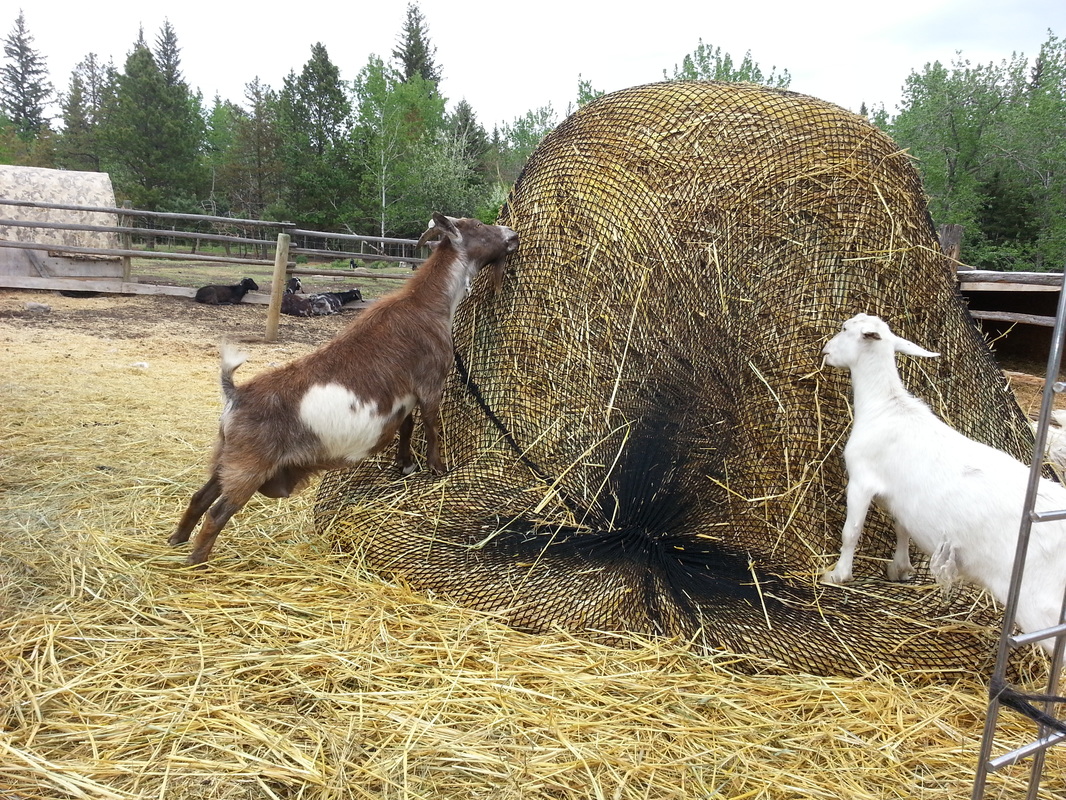

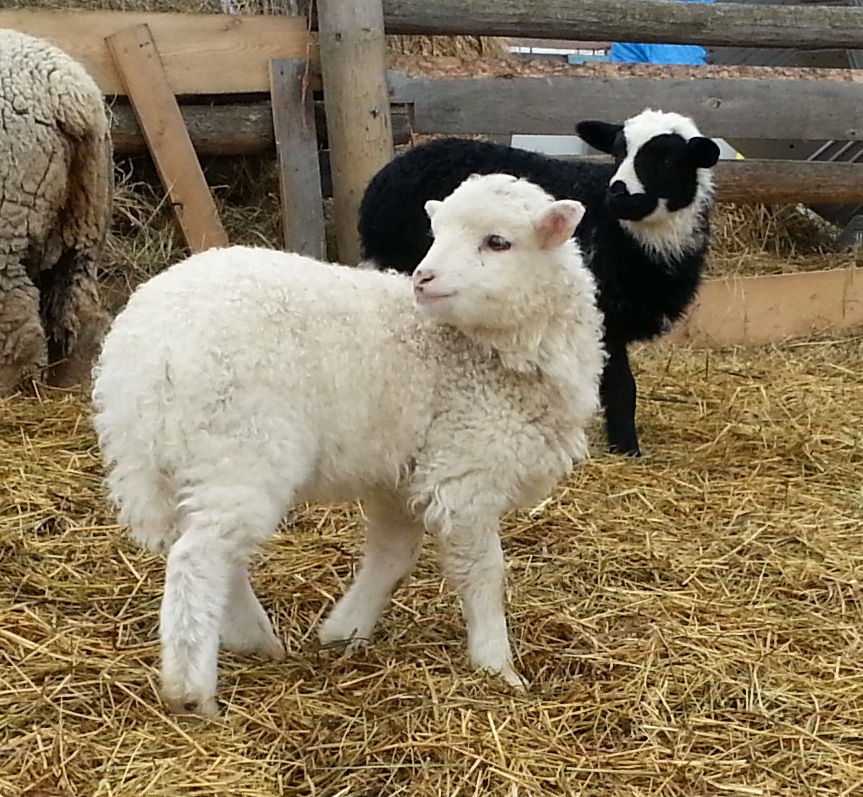
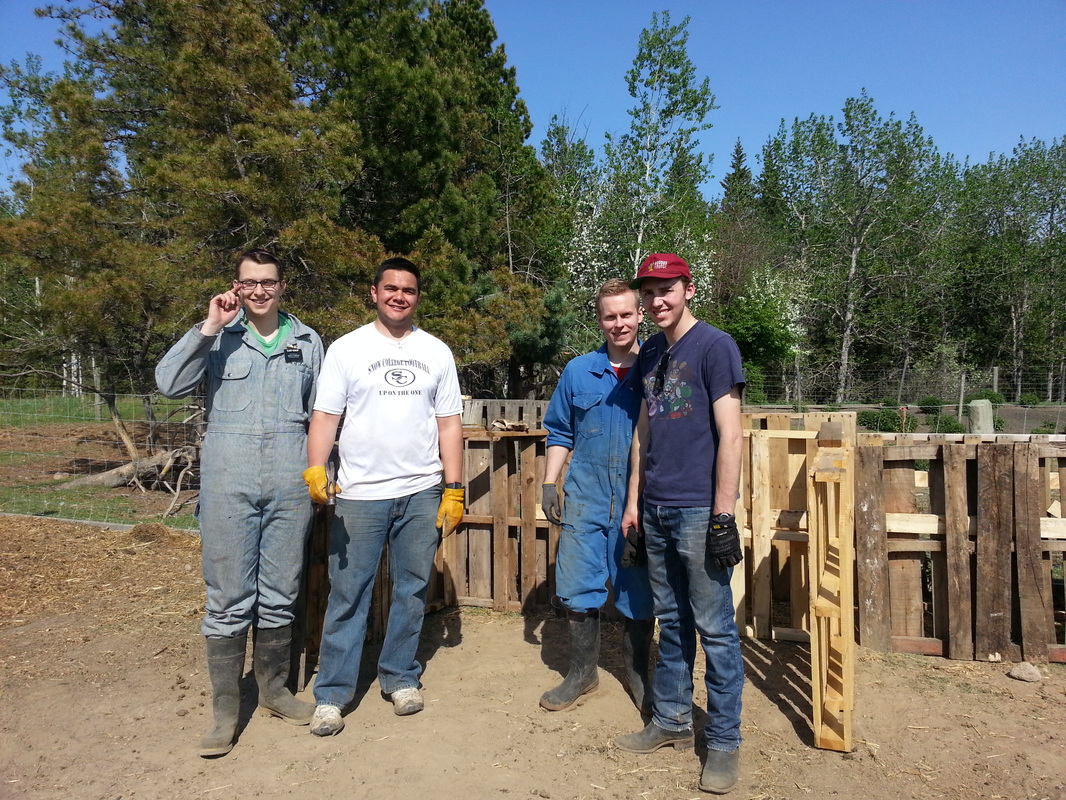
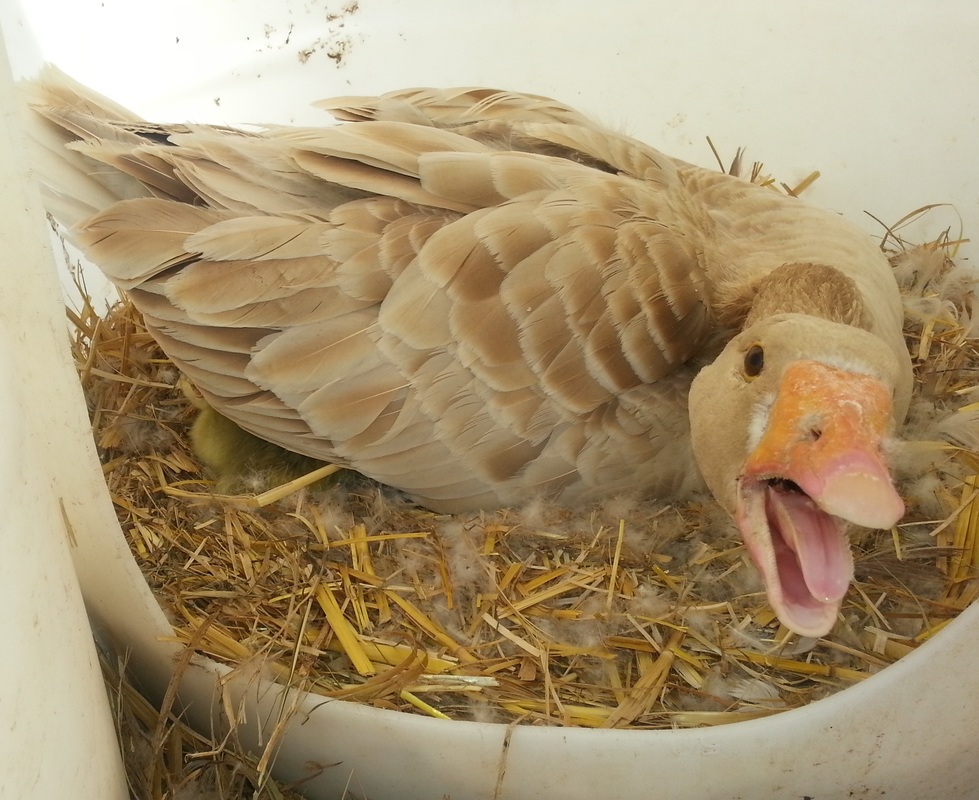
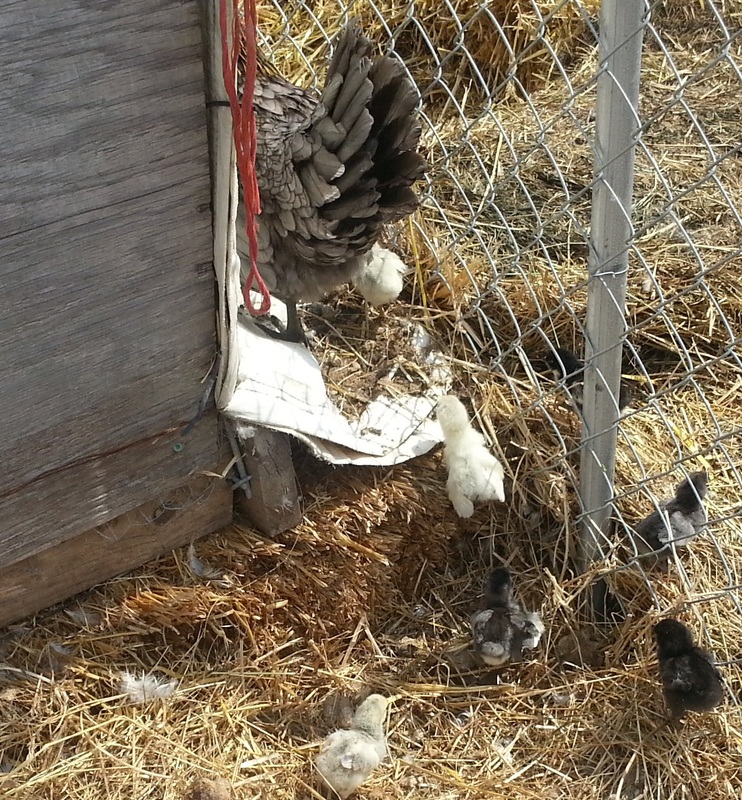
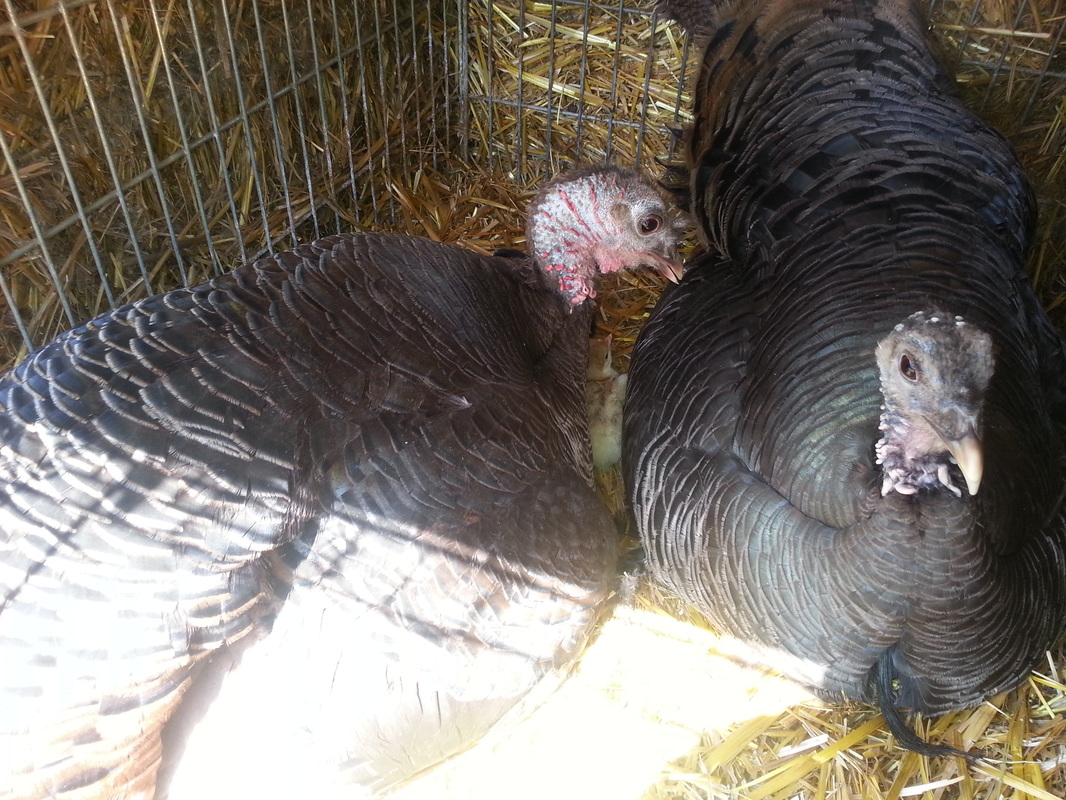

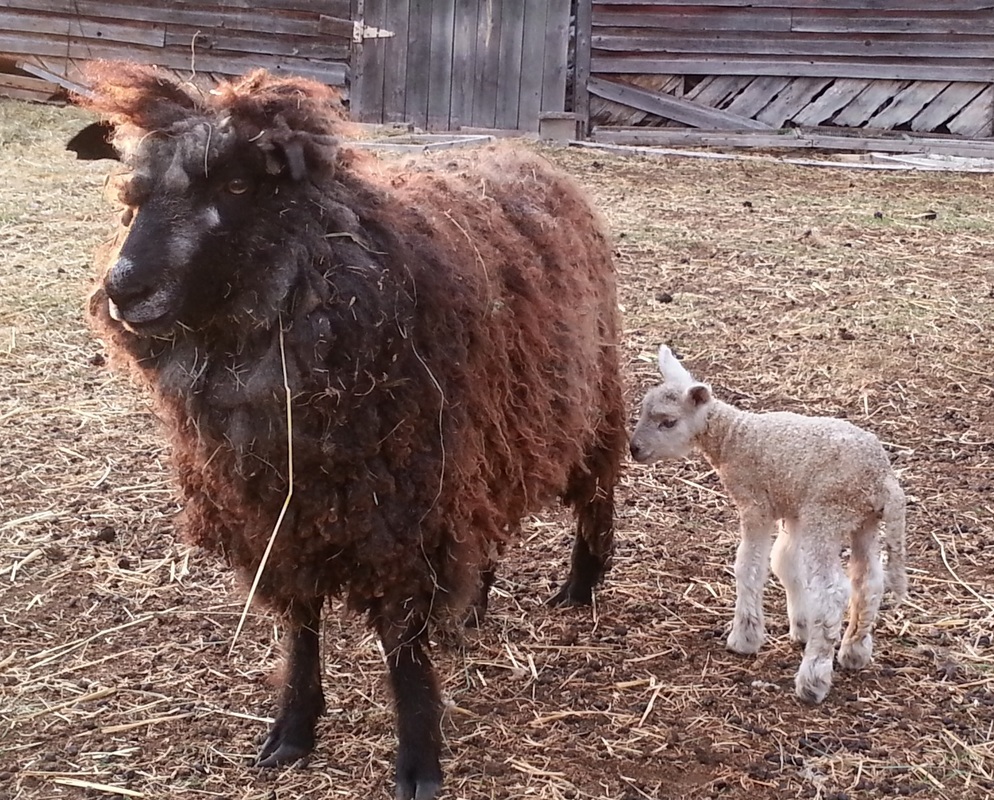
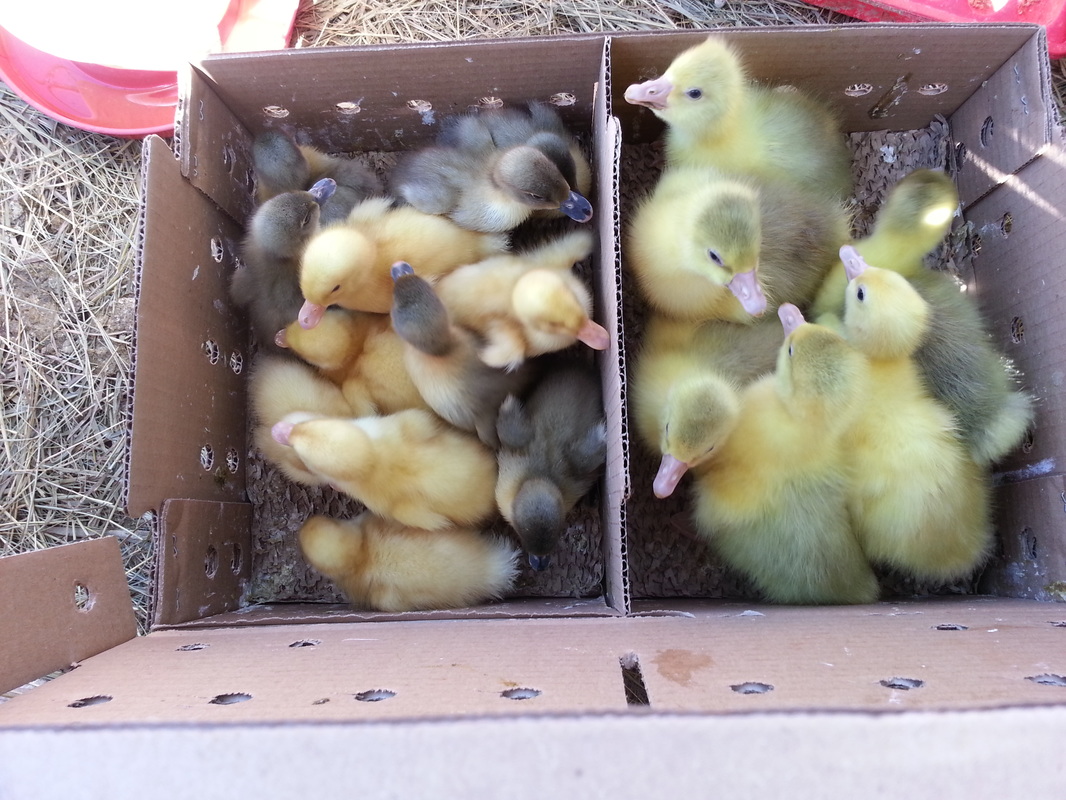
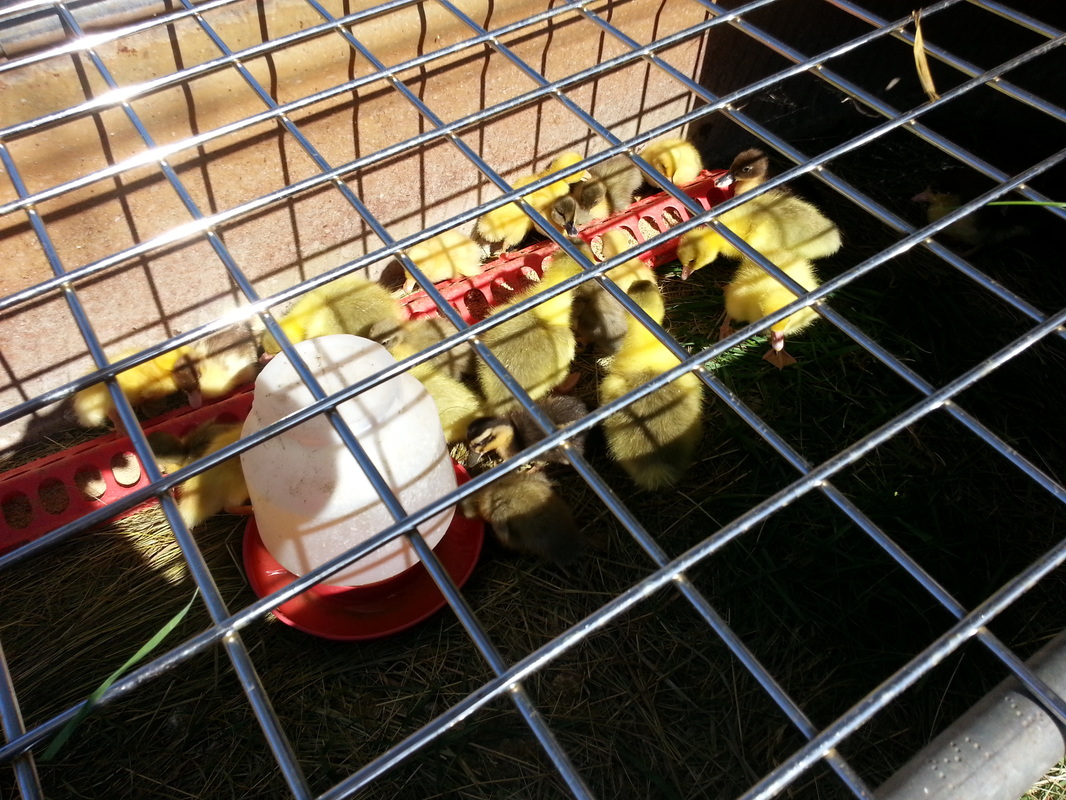
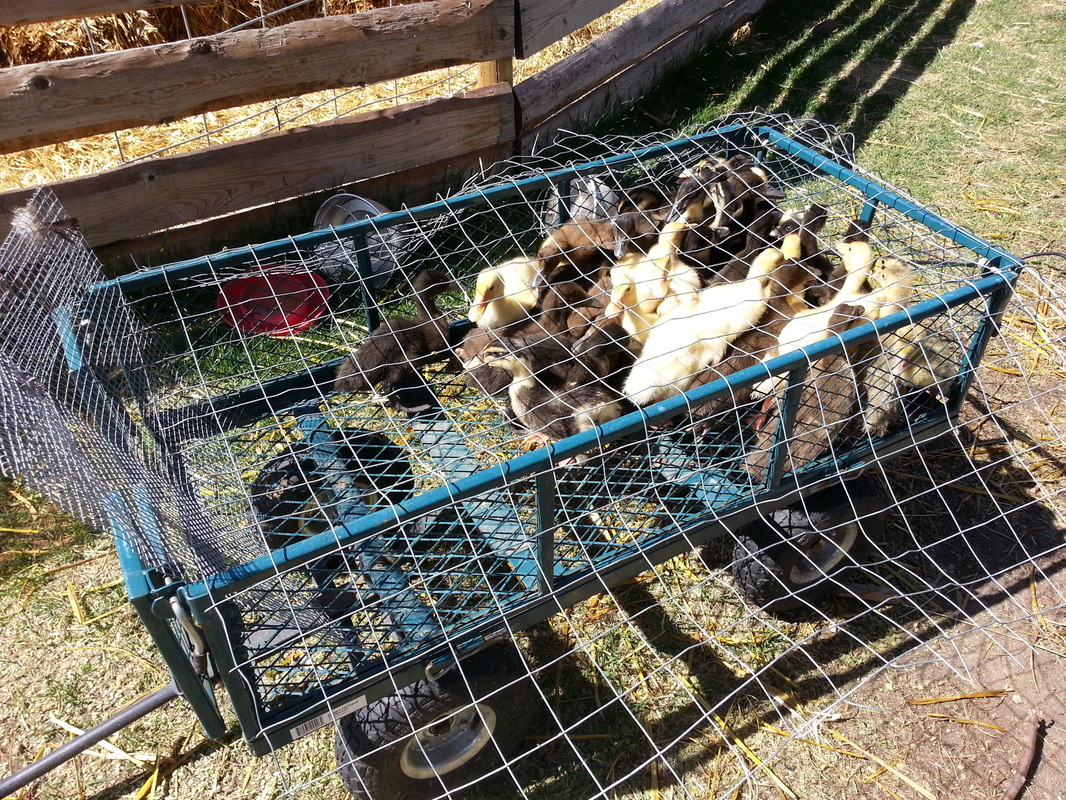
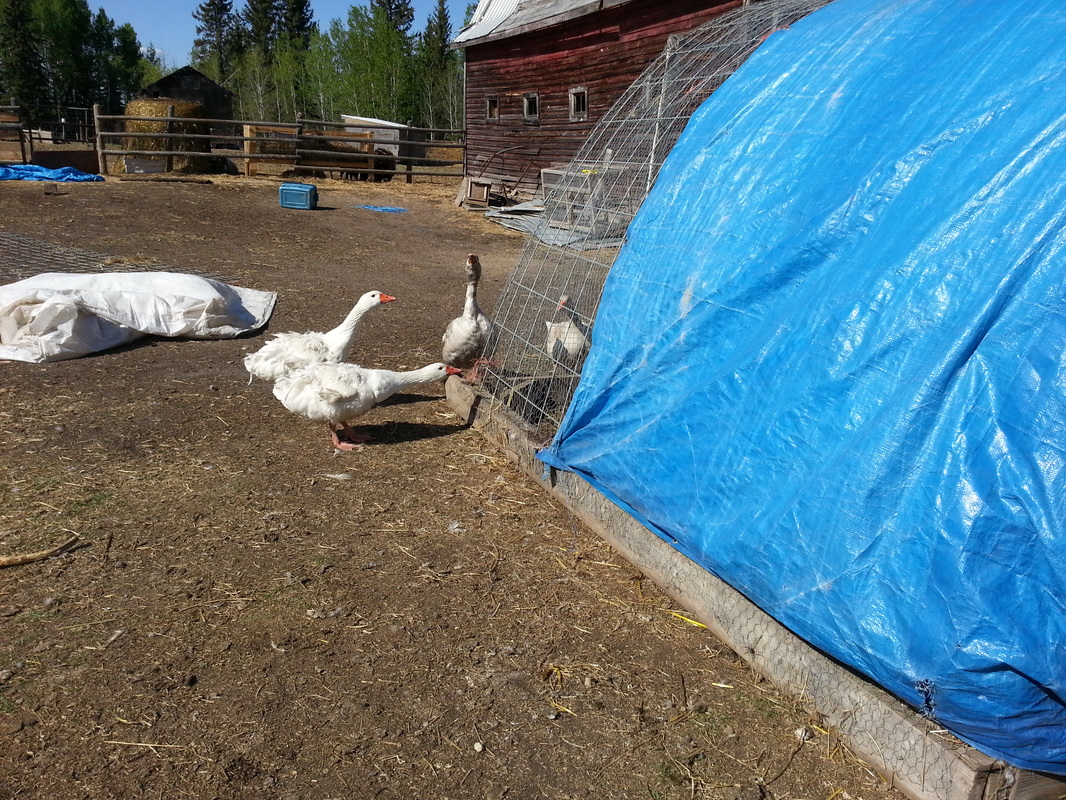
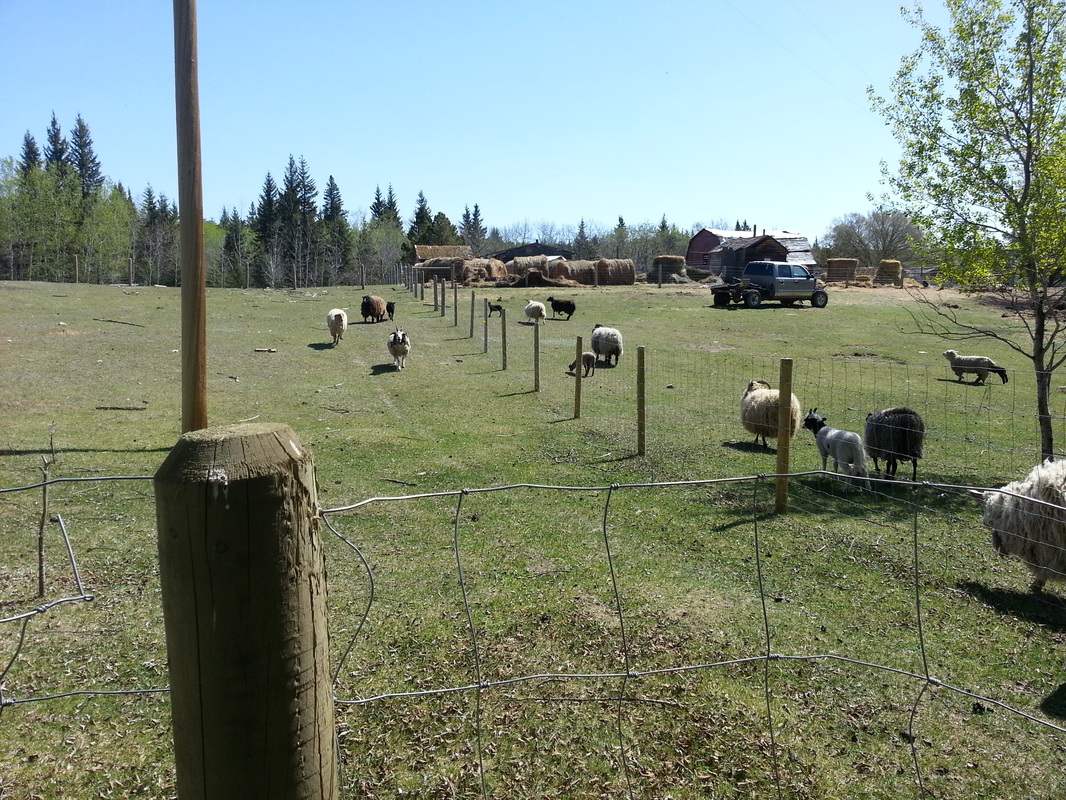
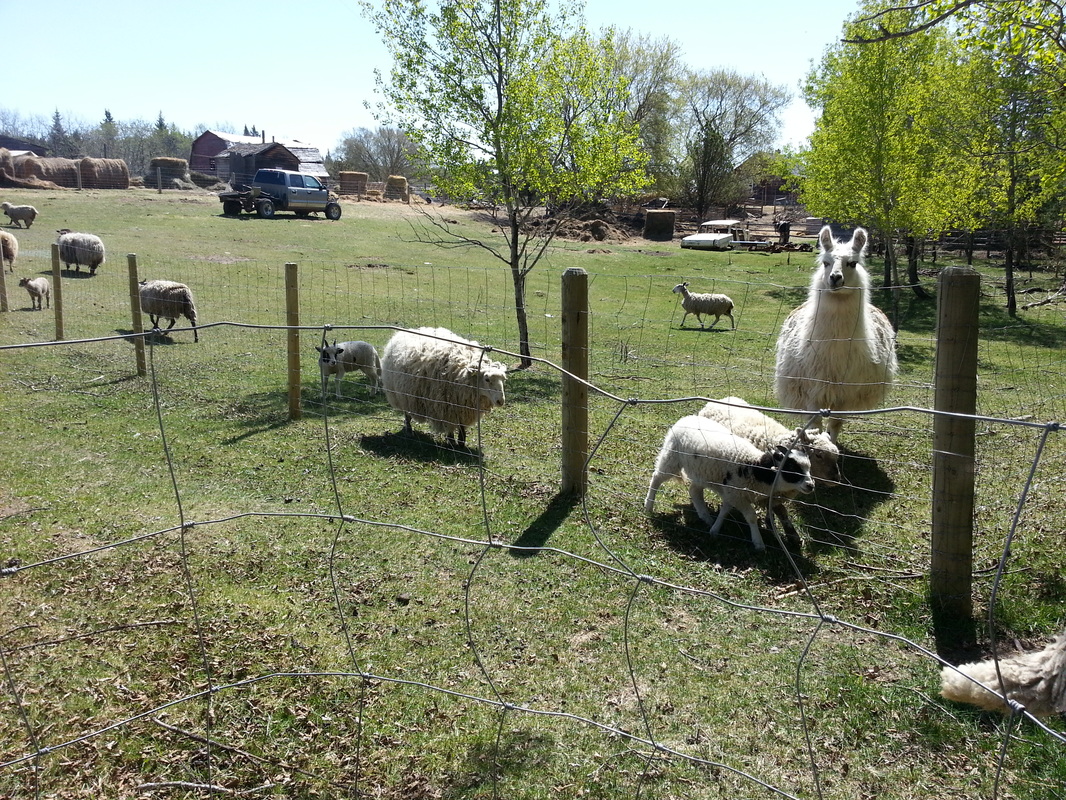
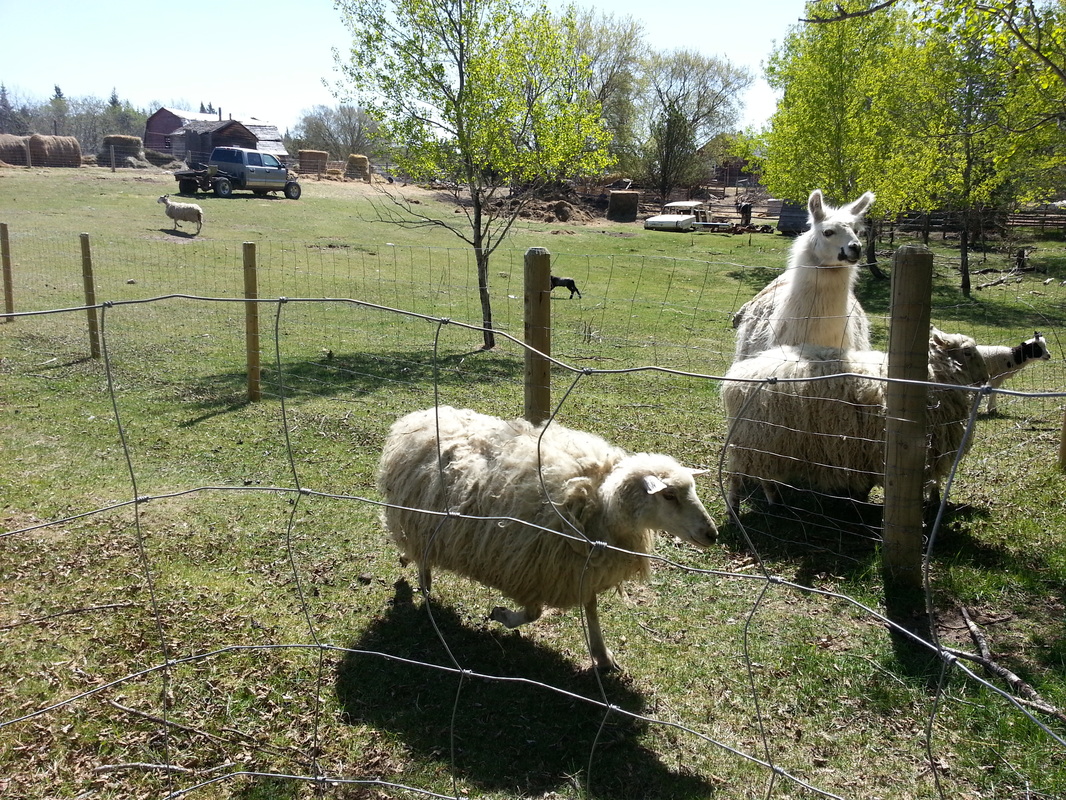
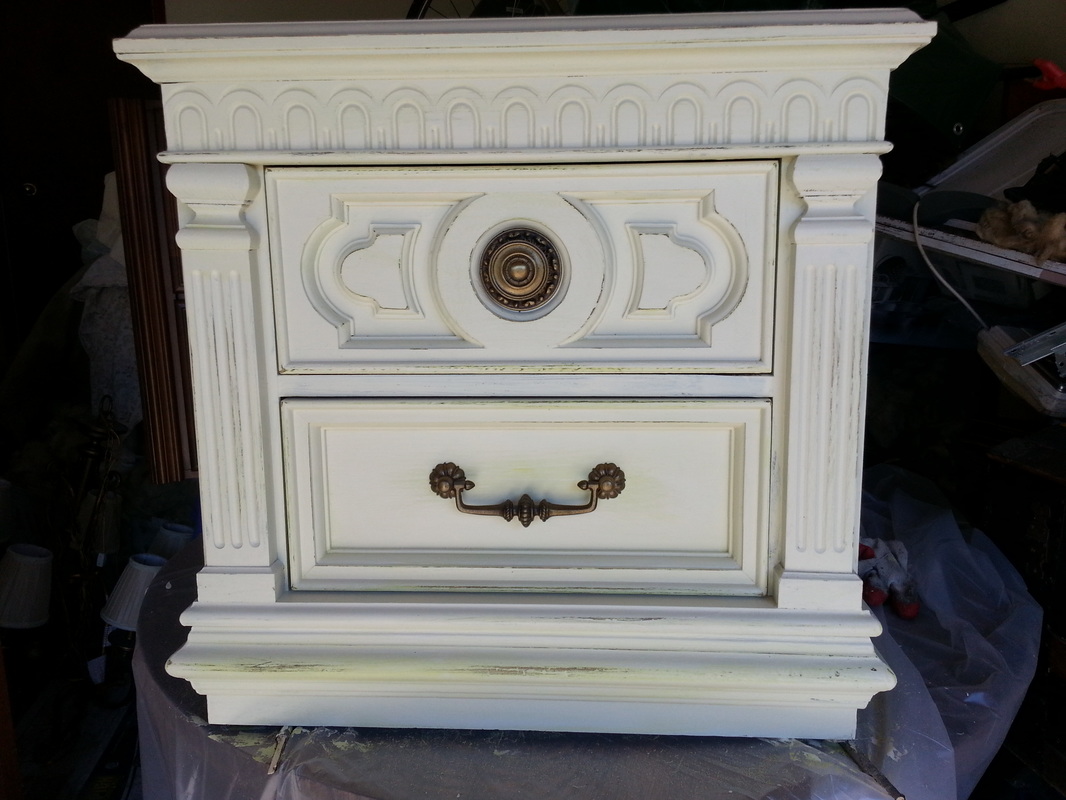
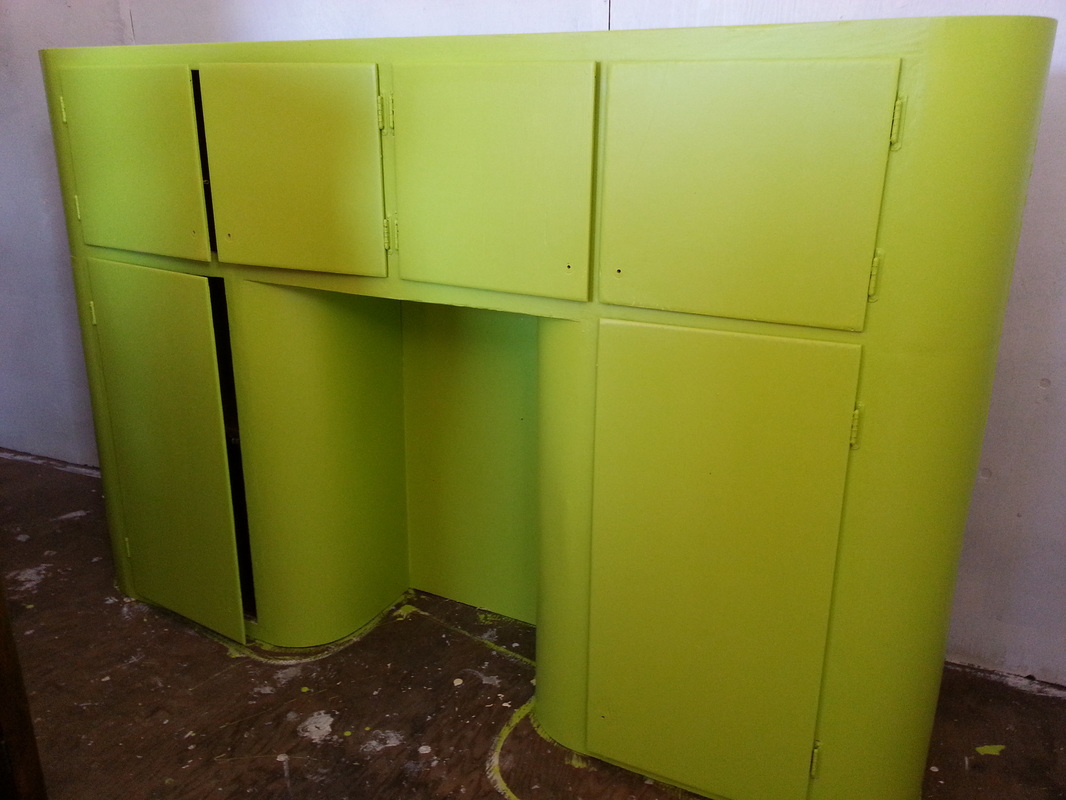

 RSS Feed
RSS Feed